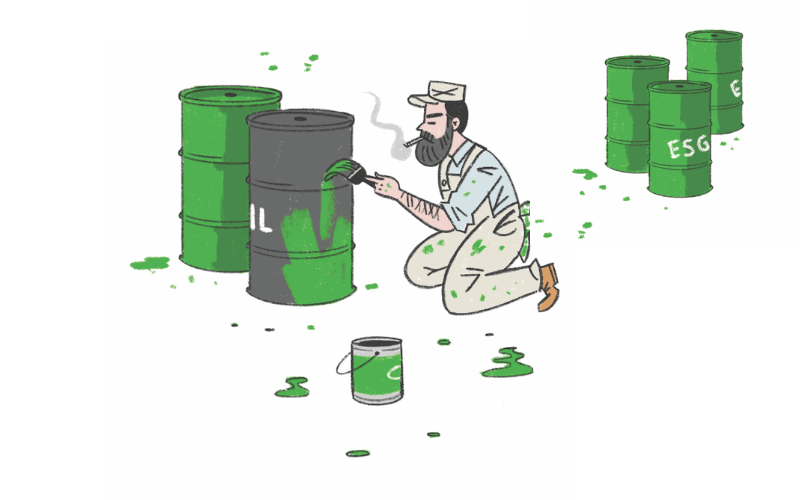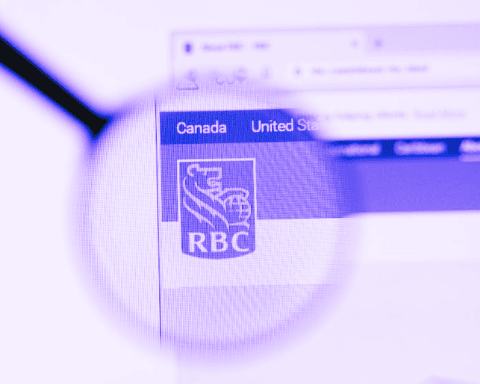This March, Tariq Fancy, the former chief sustainable investment officer of the largest investment house in the world, BlackRock, called out the multi-trillion-dollar sustainable investment complex for perpetuating a massive greenwash campaign that is duping the public and imperiling the planet.
Fancy made three main points:
1. Wall Street is hawking funds labelled as green or sustainable that in many cases are anything but.
2. The much-pedalled idea that sustainable investing is good for the bottom line is a myth.
3. Sustainable investing acts as a deadly distraction delaying what really needs to be done to avoid climate disaster: government stepping in to fix the rules.
As is often the case with whistleblowers, his claims were challenged by conventional wisdom, with the head of sustainability research at Morningstar chastising Fancy for providing “only the sketchiest of evidence to support a rather outlandish position.”
I found myself admiring Fancy’s courage. When his article was first published in USA Today, he was still listed on BlackRock’s website as their chief sustainable investment officer, even though he left the firm two years ago. He has now been removed from the site and, one can guess, the BlackRock Christmas card list.
But the admiration quickly gave way to a deep concern. Not because Fancy is wrong about greenwash being rife in the sustainable investment industry. Although he didn’t mention it, BlackRock’s gold-standard sustainability product (iShares MSCI Global Impact ETF) is literally invested in Spam, a factory-farmed salty heart attack in a can. Try squaring that with the fund’s mandate, which is to invest in “companies that derive a majority of their revenue from products and services that address at least one of the world’s major social and environmental challenges.” Potshots aside, many of the investments in the iShares MSCI Global Impact fund (as well as many of the funds in this year’s Responsible Investing Guide) do offer meaningfully increased exposure to companies like Tesla and Ørsted that are clearly delivering sustainable solutions.
That brings us to the next point. I am little bemused by anyone who makes sweeping statements about the impact of sustainable investing on the bottom line. It’s almost like lumping the four seasons together and saying they are all hot or cold. Many carbon-intensive industries are on a long-term sunset trajectory as they’re being priced out by cleaner options, which is why the Canada Pension Plan’s oil and gas stock holdings have plunged from a quarter of its portfolio 10 years ago to just 2% today. There are half a trillion reasons why a chief investment officer at BlackRock should know this; that’s the dollar amount of returns they sacrificed as a result of not decarbonizing their equity portfolio a decade ago, according to Corporate Knights analysis.
(As a side note, I shared this finding with BlackRock’s CEO Larry Fink when we bumped into each other last year in a Swiss mountain village. I followed that up by leaving an urgent two-word message from the “North American office” at his Hard Rock Hotel in Davos: “Short Exxon.”)
And while the market is frothy at the moment with clean economy pure-plays, the compound annual growth rates for major low-carbon markets (green energy, electrification of transport, plant protein, energy efficiency) are jumping off the charts.
It shouldn’t take a rocket scientist to figure out that you will do better in the long-term the more you dial up your exposure to rising industries (low-carbon solutions) and dial down exposure to those in secular decline (high-carbon problems).
Fancy is right that “systemic challenges require systemic solutions and you need government action to do that.” I also shared his outrage when Larry Fink recently suggested that we can rely on the current incrementalist market approach to deal with the climate crisis, saying “I prefer capitalism to self-regulate.”
But the idea that shelving sustainable investing will make way for the government to fix our problems is woefully misguided. Governments do not solve problems in a vacuum. They solve problems when they feel pressure to do so and when they believe the solutions fall within the Overton window (the range of policies that are politically acceptable to the mainstream population at a given time).
Regardless of the imperfections of portfolio construction, when millions of people vote with trillions of their own dollars to invest in a more sustainable world, it shifts the Overton window of what politicians think is legitimate policy.
We have seen this movie before. After the movement to divest from apartheid South Africa spread from college campuses to blue chip corporations, it provided a window for then-Canadian Prime Minister Brian Mulroney to help galvanize the international community to turn up the pressure. That pressure was ultimately credited by Nelson Mandela for helping to bring about the end of apartheid.
Now we are seeing the same thing happen with the climate, where the fossil fuel divestment movement has spread from universities to the inner sanctum of the Bank of England and the G20.
When you vote with your dollars and your ballots you are more – not less – likely to get better returns.
Toby Heaps is the CEO and co-founder of Corporate Knights Inc. and publisher of Corporate Knights Magazine.
This story appears in the upcoming Spring Issue of Corporate Knights.





